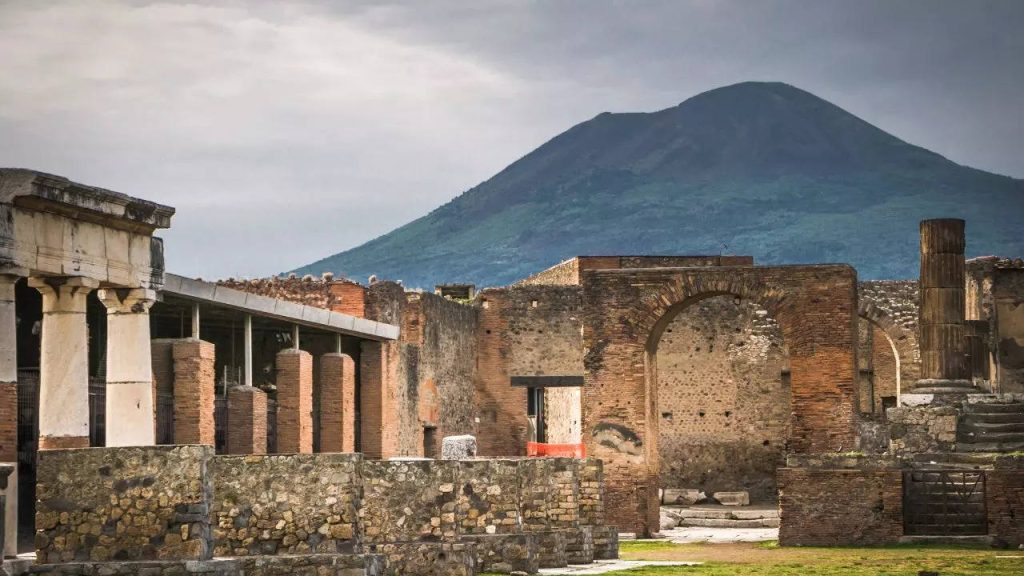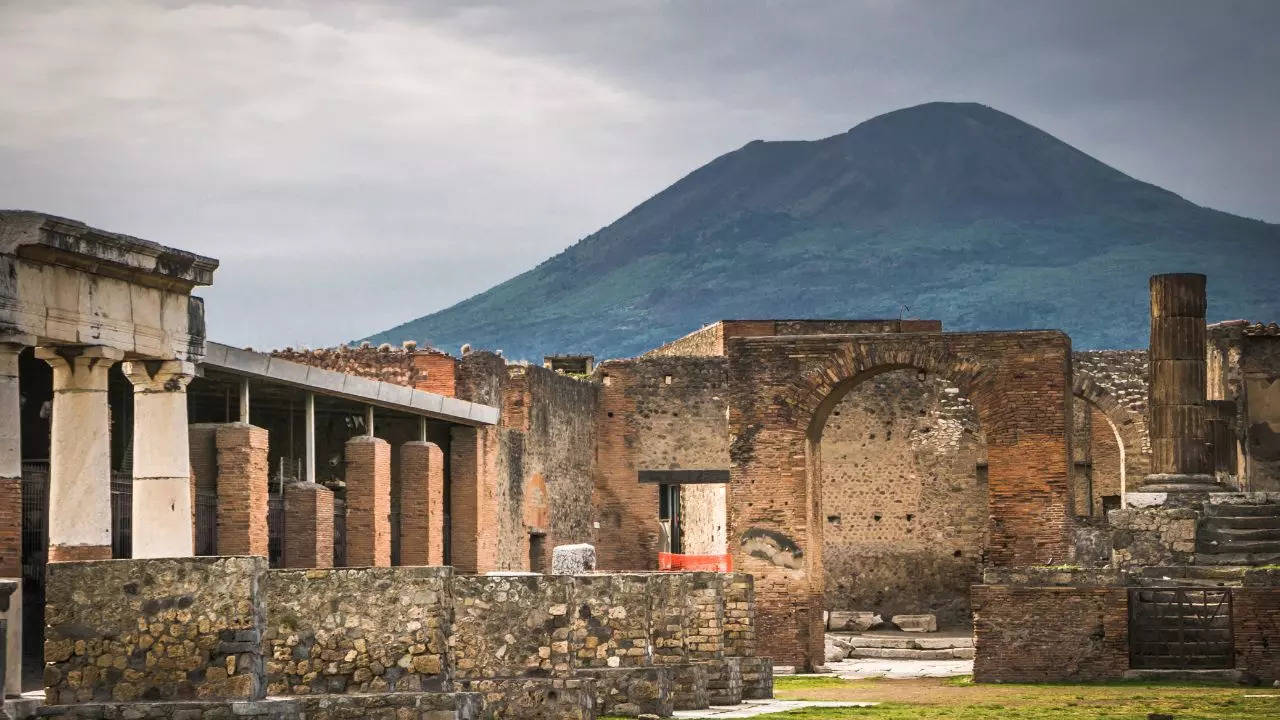
Pompeii Implements Visitor Limits to Protect Ancient Site from Overtourism

## Italy’s Response to Overtourism: Protecting Cultural Heritage with New Policies
Over the past few years, Italy has grappled with the challenges posed by *overtourism*, with 2023 marking a particularly intense season when millions of tourists poured into the country’s most famous sites like Pompeii, Venice, and the Trevi Fountain. Now, in response, Italian cultural officials are taking tangible steps to regulate the overwhelming number of visitors to ensure both visitor safety and the preservation of these centuries-old landmarks.
### Pompeii Caps Visitor Numbers to Maintain Safety and Preserve History
Starting on **November 15, 2024**, the Pompeii Archaeological Park will introduce a **daily cap of 20,000 visitors**—a significant measure aimed at curbing the effects of excessive foot traffic on the ancient site. This comes after a record-breaking summer where Pompeii saw over 4 million visitors, with a staggering 36,000 visiting the site on a single day. The new cap will see **15,000 tourists allowed entry from 9 AM to noon**, with an additional **5,000 allowed up until 5:30 PM**.
To further manage this influx, Pompeii will also introduce **personalized tickets** bearing the names of visitors. This approach serves a dual purpose: reducing incidents of unauthorized ticket use and discouraging vandalism, which has become a growing issue.
Pompeii, a UNESCO World Heritage Site and one of the world’s most important archaeological parks, has long been in the headlines due to tourist misbehavior. Incidents of vandalism are regularly reported, such as in **June 2024**, when a tourist was caught carving family initials into ancient walls. These actions not only harm the physical integrity of the site but also undermine its cultural significance.
### Trevi Fountain’s New Entry Fee to Control Crowds
Rome’s iconic **Trevi Fountain**—a symbol of the city’s grandeur—is also feeling the strain of large crowds. Following a massive influx of visitors, the city has introduced several strategies to protect the 1762 Baroque monument designed by architect Nicola Salvi.
One of the more prominent measures, *expected to take effect in 2025*, is the introduction of a **€2 (~$2.13) entrance fee**, which visitors will be required to pay if they want to approach the fountain. This small charge aims to regulate the overwhelming number of tourists who visit daily to toss coins into the fountain—a popular tradition believed to ensure that one will return to Rome.
Adding to the financial deterrent, the fountain is undergoing a **$330,000 restoration** until the end of 2024. While conservation work continues, a temporary water basin has been installed where tourists can still participate in the coin-tossing ritual without disrupting the renovation efforts.
In the context of these recent efforts, the goal is not to deter tourism altogether, but to ensure it remains **sustainable, safe, and respectful of the city’s cultural legacy**.
### Venice’s Tourist Tax: A Global First in Combating Overtourism
Among Italy’s landmark measures to tackle overtourism, Venice stands out for introducing the world’s first **tourist day-trip tax**. This initiative, which began in **April 2024**, required day visitors to pay a **€5 (~$5.33)** fee for entry into the historic city center on certain designated days. This measure came in direct response to the masses of day-tripping tourists—**20 million** in 2023—who contributed to what many Venetians call the “Disney-fication” of their city.
After a pilot run this year, Venice plans to increase the fee to **€10 (~$10.65)** in 2025 for peak tourism periods, with violators facing steep fines for non-compliance. These efforts are not without controversy, as some feel they might discourage middle- and low-income tourists from visiting; however, city officials emphasize that the goal is to **protect Venice’s fragile ecosystem** from further deterioration due to uncontrolled overcrowding.
### Long-Term Strategy: Slow, Sustainable Tourism
In renewing its commitment to protecting Italy’s cultural heritage, officials recognize that long-term solutions are necessary to preserve the integrity of these sites for future generations. **Gabriel Zuchtriegel, Director of Pompeii**, articulated the park’s vision as one aiming for “slow, sustainable, pleasant, and non-mass tourism.” This philosophy underscores efforts to **expand visitor areas** around Pompeii, ensuring tourists can have a meaningful experience without overwhelming the main attractions.
Italians, while proud of their country’s historic popularity among travelers, are increasingly vocal about the need to strike a balance between creating unforgettable experiences for tourists and safeguarding the cultural and environmental health of their cities and landmarks.
### Conclusion: Italy’s Commitment to Cultural Preservation
As Italy moves forward with its regulations, other global tourist destinations may take note. Pompeii and Venice